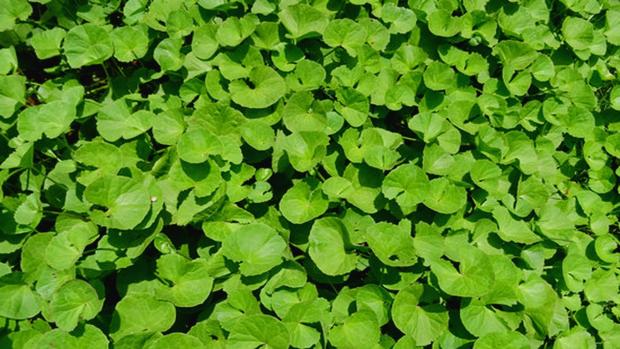
Photo: Research Matters
Today, anything prefixed with the term ‘herbal’ sells. Be it cosmetics, toothpaste, oils, or even medicines, various multinational companies claim the use of botanical substances in many of their products. India is the land of Ayurveda – an alternative system of medicine that relies on plants and its products as a cure for many illnesses. In fact, herbal remedies here are more of a lifestyle than a curative fix. Hence, you see bottles of Chyawanprash, Bhringraj oils, and the like, adorning the shelves of many households. The Orient has their repertoire of herbal recipes; popular ones like Ginseng tea has crossed borders and have been picked up world over.
While many communities across the globe have begun embracing herbal medicines like never before, perhaps it is time to question ‘how safe are they’ and ‘are they effective’. In a series of studies since 2008, a group of researchers from the Ashoka Trust for Research in Ecology and the Environment (ATREE), Bangalore, University of Agricultural Sciences, Bangalore, and University of Guelph, Canada, have studied species adulteration at the bulk trade centres in South India. The results of these studies, funded by the Department of Biotechnology, paint a grim picture of rampant adulteration and mix-up in this trade of herbal medicines, some as high as 80%!
Dr G Ravikanth, a researcher at ATREE, recalls one of the first species he studied in this context – Phyllanthus niruri also known as ‘Bhue Amala’ or ‘Bhumyamlaki’ in India. "We were working on developing DNA barcodes for Phyllanthus species, a plant commonly used in Ayurveda to cure several liver ailments, and we found this species – Phyllanthus niruri – in trade. But this plant does not exist in India – it is a South American plant! On further examination, we found that what was being sold as P. niruri was actually P. amarus! In fact, we could find up to 6 different species of Phyllanthus are traded as P. niruri, though only P. amarus provides protection against liver disorders".
Adulteration, the researchers note, maybe a case of unintentional misidentification or deliberate malpractice. Take the case of the Ashoka plant (Saraca asoca), for instance. The bark of this plant has multifarious medical properties – it reduces inflammation, acts as an anti-bacterial agent, reduces fever, kills parasitic worms, and acts as a painkiller. It is also widely used for the treatment of uterine disorders and is the principle component in the ayurvedic medicine ‘Ashokarishtam’. However, due to ambiguity between its Sanskrit – Latin names, many ayurvedic physicians mistakenly refer to Saraca indica as the Ashoka plant, instead of Saraca asoca. Such a mix-up is not an isolated instance and leads to adulteration of many herbal products.
While a mistaken identity is bad, what is worse is the deliberate adulteration that is rampant in herbal trade. In the case of Ashoka tree, the demand is much greater than the supply; very few plantations grow this tree, and extracting the bark from wild Ashoka trees is prohibited. How then do traders source the barks? Another study from the same lab shows that up to 7 different families of trees are used across the country, as an adulterant! "Even powdered bark of the papaya plant and drumstick are used as adulterants," Dr. Ravikanth exclaims.
So, what exactly are we consuming when we gulp down shots of Ashokarishtam? What about the ‘herbal’ shampoos and creams we blithely slather ourselves with? Many well-known brands dealing with herbal products are likely sourcing the raw materials from traders, some gravely misinformed, others unscrupulous, leading to severe implications. The consumer may not only be deceived on the expected health benefits from the product but could also be a victim of serious, unwarranted, side effects due to adulteration! Such instances quickly lead to misapprehension and unjustified cynicism against the entire field of Ayurveda and alternative medicine.
Dr. Ravikanth is quick to point out the source of this problem – “the problem exists because of the lack of a regulatory framework that monitors herbal trade.” The researchers recommend the development and implementation of a national policy for quality assurance in raw herbal trade. “An efficient mechanism needs to be brought in place that can assess the authenticity of the raw herbal products and then be linked with trade regulators”, he says.
The researchers also call for the establishment of nationally accredited laboratories that authenticate and certify the herbs involved using thorough analyses of DNA and plant metabolites. Identity tests must become an essential prerequisite for herbal trade, they say. “We have already communicated this with the Department of Biotechnology, Government of India, who plan to take this further and establish a herbal product authentication system,” says Dr Ravikanth. Given the gravity of the situation, that cannot materialise soon enough.






